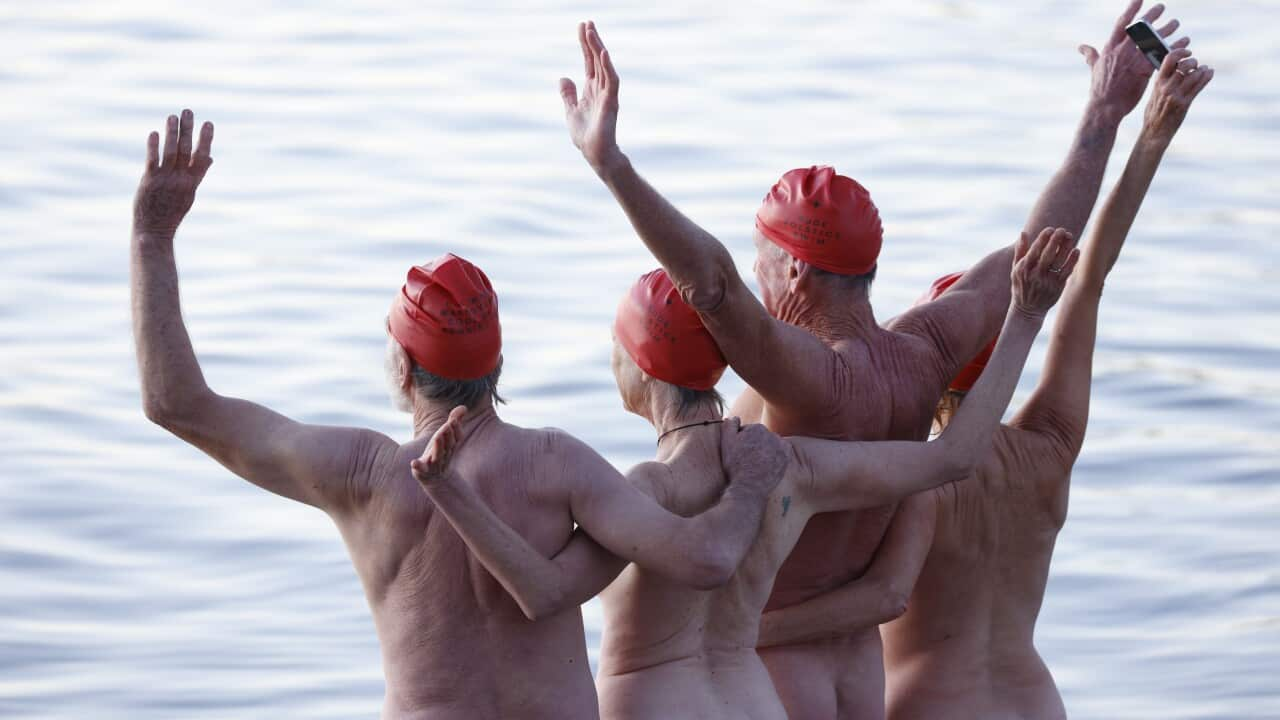June 21, 2022

Apsana Begum MP addresses supporters of Julian Assange protesting outside the Royal Courts of Justice on the second day of the hearing on the United States government's appeal to the District Court’s decision to block the extradition of Julian Assange in London, United Kingdom on October 28, 2021
Nasim Ahmed
Nasimbythedocks
June 21, 2022

The UK Labour Party is under pressure to investigate allegation of a "vicious and misogynistic" campaign against Poplar and Limehouse MP, Apsana Begum. The 32-year-old faces the prospect of being de-selected in a "trigger ballot" procedure which will decide whether Begum can stand as a Labour candidate at the next general election.
Begum, who is of Bangladeshi origin, made history in 2019 by becoming the first Muslim female wearing the headscarf to be elected as Member of Parliament. Despite winning what is a safe seat for the Labour Party, her three years in office have been far from smooth sailing.
Not only has Begum been a victim of Labour's civil-war, where the current leadership under Kier Starmer is accused of leading a vicious campaign to "purge" supporters of former leader, Jeremy Corbyn, including pro-Palestinian party members and MP's, the 32-year-old has had to face a barrage of "vexatious" attacks from her enemies, locally.
Last summer, Begum successfully defeated a "vexatious" attempt to convict her of housing fraud in a prosecution described as being "driven by malicious intent." Begum was cleared by a jury over claims of housing fraud, in a prosecution brought by Tower Hamlets council. "As a survivor of domestic abuse facing these vexatious charges, the last 18 months of false accusations, online sexist, racist, and Islamophobic abuse, and threats to my safety, have been exceedingly difficult," Begum said following her victory.
Imran Hussain, the shadow employment rights minister, said that Begum had faced "sexist, racist and Islamophobic abuse" as she fought to clear her name. Grahame Morris, the MP for Easington, said she had been the "victim of a malicious, politically motivated prosecution that has sadly generated much online abuse against her, causing much needless distress and discomfort". Speaking to the Guardian after clearing her name, Begum described the campaign against her as "political persecution".
READ: Sorry, Keir Starmer, but only in a world of 'alternative facts' is Israel not guilty of apartheid
Sarah Champion, the Chair of the Commons select committee on international development, said Begum could hold her head high, and added: "I'm so deeply sorry for what you have had to endure." Questions were raised over the decision to launch legal action against Begum. Jon Trickett, another former frontbencher, said there were "serious questions about this flawed prosecution" that needed answering, in light of Begum being cleared of wrongdoing.
Less than a year since her legal victory, Begum is, once again, in a fight to save her political career. Her critics have enlisted the support of pro-Israel journalists in their campaign to oust the Labour MP. An article in the anti-Palestinian Jewish News used Begum's strong support for the Palestinian cause to further undermine her.
Last year, the pro-Israel news outlet came under fire for publishing an article by the same author because of its alleged racist and hateful representation of Muslim PMs. Titled "Purge of the Corbynites", the article took aim at Begum and her Labour colleague, Coventry South MP, Zara Sultana, over their views, including strong solidarity with Palestine and their position on the controversial Prevent programme which critics say disproportionately targets Muslims.
Alarmed by the article's representation of the two women MPs from a minority community, Labour Muslim Network (LMN) blasted the piece over its racist message. "The dangerous rhetoric surrounding Muslim public officials is one which has become normalised in British politics," said the group in a series of tweets.
The Network argued that the piece had twisted valid concerns about Prevent, policing and foreign policy to paint a picture of Muslim politicians as "extreme & obsessive." It pointed out that, where other MPs might have "strongly held convictions" informed by their "personal experiences", Muslims do not get that luxury.
The underlying racist undertone, argued Muslim Labour Network, is that certain Muslim concerns are "beyond the pale, misaligned to the general population (as if Muslims are a fifth column) and something to be afraid of." This, it argued, is "textbook 'othering'" and "dog whistle" "Islamophobia".
READ: Anti-Zionist Jewish woman seeks answers from UK Labour Party over 'anti-Semitism' allegations
Two days following the article's publication, Sultana shared an example of the barrage of racist attacks she faces from the public. "You are not British" was the message of an email she shared on Twitter.
Meanwhile, in Tower Hamlets the campaign to oust the Poplar and Limehouse MP has raised serious concerns. Begum's opponents have been accused of "threatening behaviour, harassment and misogyny" in their campaign to oust her. "Very concerning reports about what is happening to Apsana Begum in her trigger ballot process" said Diane Abbott, MP, on Twitter. "There is terrible abuse and harassment, all wrong under the rules. Labour party must halt this process".
Former shadow chancellor and Labour MP, John McDonnell, also raised the alarm over alleged bullying and harassment. "Serious concerns raised about the trigger ballot process in Apsana Begum's constituency, including allegations of harassment & threatening behaviour, involving sexism & misogyny, to undermine Apsana's position" said McDonnell. "I've urged the party to intervene. Nobody should have to endure this".
Several other MP's have expressed solidarity with Begum, including Nadia Whittome, MP. "I was extremely concerned to learn about these allegations relating to Apsana Begum's trigger proceedings" said the Nottingham East Member of Parliament. "I, too, have written to the Labour leadership, urging them to immediately suspend the process while investigations take place. Solidarity with Apsana."
Begum's supporters believe the attack on her is part of the Labour witch-hunt against leftist, pro-Palestine members of the party. This campaign has become extremely toxic in Tower Hamlets, where Labour suffered a humiliating defeat in the recent mayoral election. Begum's allies say that this round of attack is fuelled by right-wing Labour members' thirst for revenge.
The views expressed in this article belong to the author and do not necessarily reflect the editorial policy of Middle East Monitor.
























